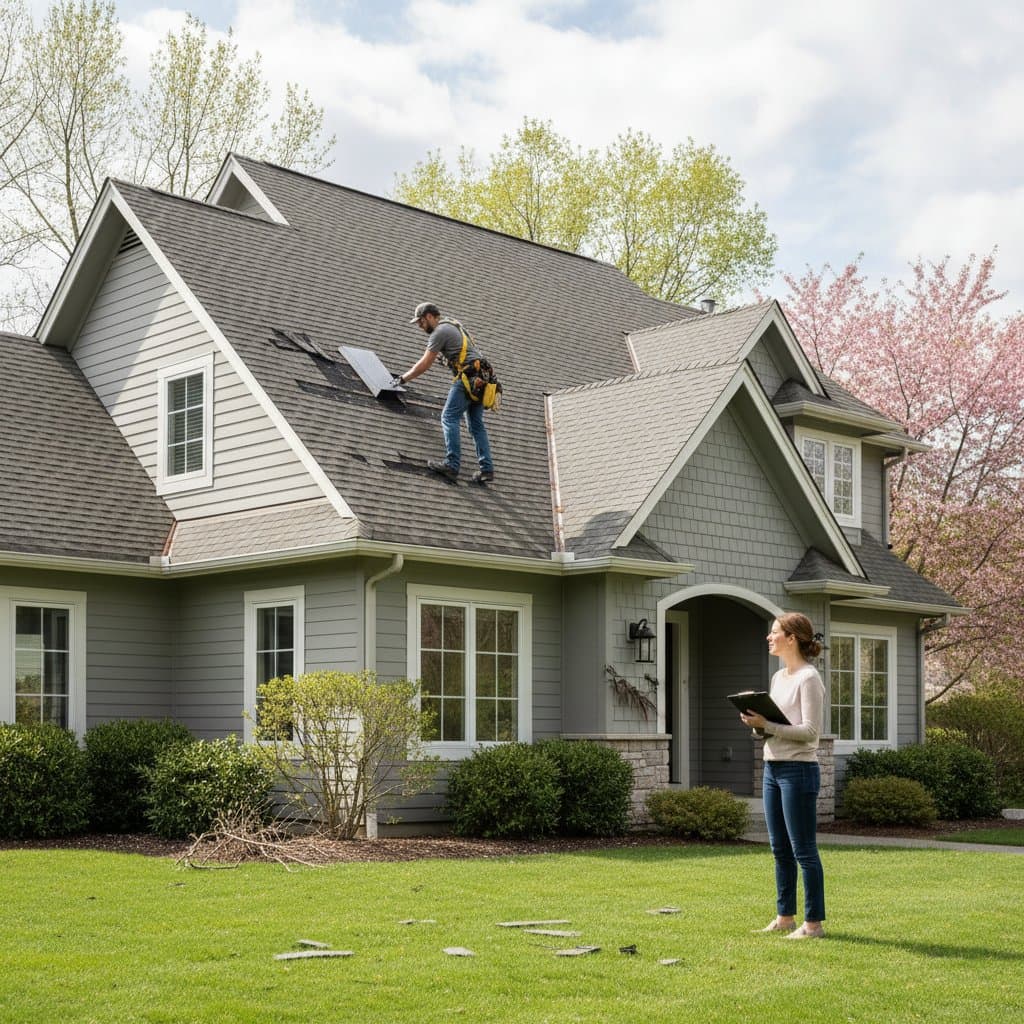Transform Your Backyard into a Revenue Stream
Homeowners often overlook the potential of their backyard space. A compact, independent granny flat serves as an effective means to secure reliable rental income and increase overall property value. The author constructed one adjacent to the primary residence following extensive evaluation of expenses and regulatory hurdles. This investment proved to be a prudent financial choice, with returns materializing shortly after occupancy.
Regulations effective in 2025 render accessory dwelling units (ADUs), commonly known as granny flats, more feasible for construction. These updates address previous complexities, particularly for those new to such projects. The following sections detail the implications of these changes, effective planning strategies, and anticipated financial outcomes upon completion.
Key Updates to 2025 Granny Flat Regulations
Numerous jurisdictions now permit secondary units on single-family properties with reduced barriers. Authorities have lowered minimum lot size thresholds and expedited permit processes to promote additional housing availability. A primary benefit involves qualifying more sites for either detached or attached ADUs, bypassing extensive zoning reviews.
Adjustments to parking and setback requirements further accommodate smaller parcels. In areas proximate to public transportation or on specified residential corridors, owners may forgo extra parking provisions. Such modifications eliminate substantial expenses related to site preparation and architectural adjustments.
While height restrictions and floor area ratios remain, expansions allow greater design versatility. For instance, a 400-square-foot garage conversion qualified as a permitted ADU under updated codes, avoiding the need for special variances. This approach minimized both timeline and budget requirements.
Strategic Choices: Self-Managed Builds Versus Professional Oversight
Granny flats integrate framing, wiring, and plumbing within limited dimensions, presenting complexities for complete self-directed efforts. Property owners typically manage cosmetic elements like surface treatments and outdoor enhancements, delegating foundational and technical aspects to certified experts.
Suitable for Self-Management:
- Application of interior paints and installation of molding
- Development of gardens and boundary enclosures
- Assembly of storage units and basic fixtures
Essential Professional Services:
- Establishment of bases and skeletal structures
- Integration of water and power infrastructures
- Application of coverings and thermal barriers
- Linkages to waste management systems
An initial attempt at independent oversight revealed the challenges of aligning multiple specialists amid fragmented approvals. Engaging a principal contractor familiar with municipal evaluators ensures adherence to standards and timely progress. The oversight premium, typically 10 to 15 percent of the project total, justifies the investment through reduced stress.
Optimal Scheduling Amid 2025 Economic Factors
Availability of building supplies persists, though pricing for timber and barriers varies by locale. Securing commitments from builders at the year's outset secures workforce availability before calendars overload.
Initiate groundwork and base preparation during spring or initial summer periods, when soil stability supports operations. Secure commitments from roof specialists and wiring technicians well in advance, often several months prior. For leasing objectives, target availability listings before the late summer surge in housing seekers.
Conversion initiatives accommodate year-round activity, yet anticipate extended waits for power enhancements. Service providers continue to address backlogs from rising residential developments.
Essential Compliance Measures for Legal Leasing
Updated policies prioritize stable residency over transient accommodations. Short-term rentals below 30 days face prohibitions in most locales, except where the primary occupant resides on-site.
To authorize leasing, complete these steps:
- Secure a certificate of occupancy following conclusive evaluation.
- Enroll the structure with the municipal housing authority, as applicable.
- Implement distinct utility measurements if locally stipulated.
- Guarantee independent access and complete culinary amenities for occupants.
Noncompliance risks penalties or eviction directives. Consult specific regional ADU provisions prior to lease execution.
Certain districts provide preliminary assessment initiatives for tenancy clearance. Evaluators verify alarm systems, escape routes, and circuit integrity before habitation commences. These measures mitigate future accountability concerns.
Ensuring Safety and Regulatory Adherence
ADUs require equivalent fire barriers, circuit protections, and efficiency benchmarks as principal residences. Engage qualified personnel exclusively for hydraulic and conductive installations. Minor circuit errors pose significant dangers over time.
Position linked smoke and gas detection units within the primary structure and ADU. Shared boundaries necessitate flame-resistant partitions.
Inclusionary design standards are broadening. Select locales mandate level thresholds and expanded passage widths. Incorporating such features satisfies mandates while appealing to diverse lessee profiles.
Preserving and Enhancing Your Asset
Upon securing tenants, regard the granny flat as a enduring holding. Conduct yearly inspections of climate controls, exteriors, and conduits. Minor issues like drips or blockages can escalate in confined settings.
Maintain a contingency fund equivalent to one rental period for unforeseen fixes. Prompt resolutions foster tenant satisfaction and sustain high utilization rates.
For direct administration, establish precise agreements covering noise limits, vehicle placement, and refuse handling. Robust contracts avert disputes and nurture community harmony.
Steps to Launch Your ADU Project
Begin by reviewing local ordinances through official channels to confirm eligibility. Assemble a budget incorporating 20 percent for contingencies, drawing from average costs of $100,000 to $200,000 for new builds. Consult financing avenues like home equity loans, which offer favorable rates for property-linked improvements.
Select sustainable elements, such as solar panels or energy-efficient appliances, to qualify for incentives and appeal to eco-conscious renters. Track market rents via platforms like Zillow to set competitive pricing, targeting $1,500 to $2,500 monthly based on location and amenities.
Monitor ongoing policy evolutions, as further simplifications may emerge. With deliberate preparation, your granny flat not only generates income but also fortifies long-term financial security.

